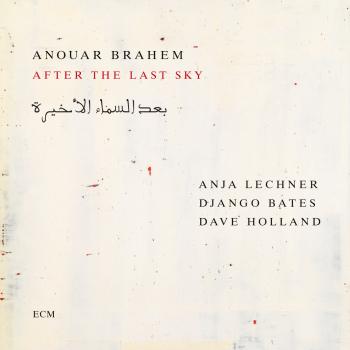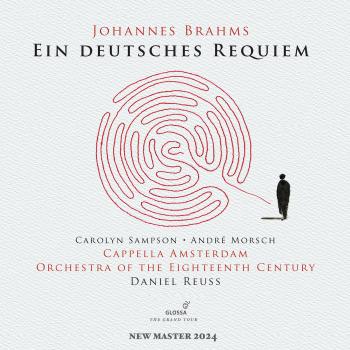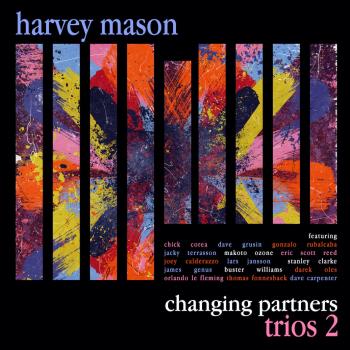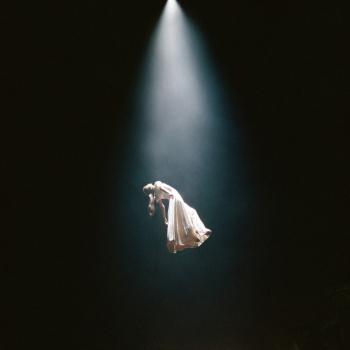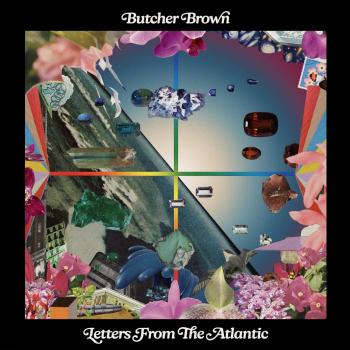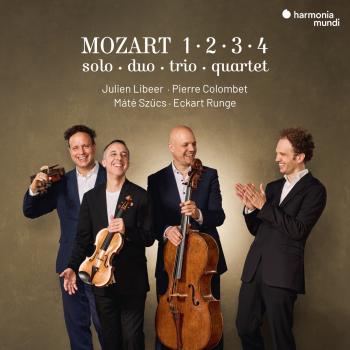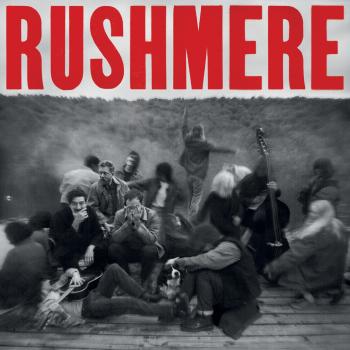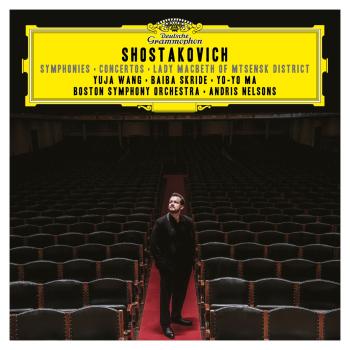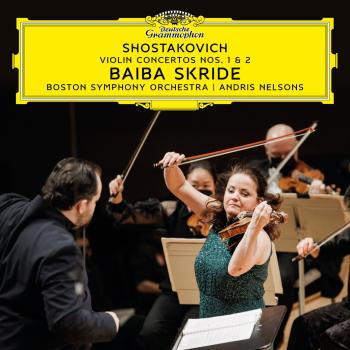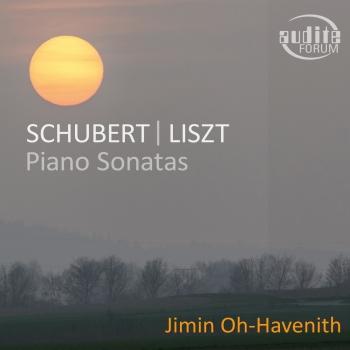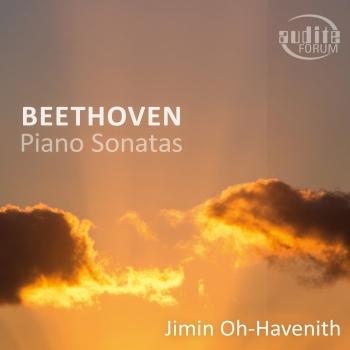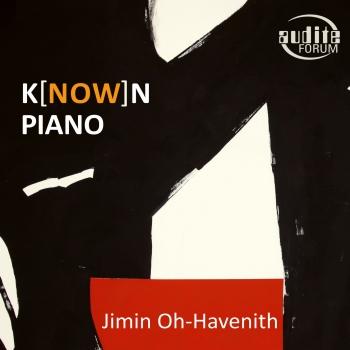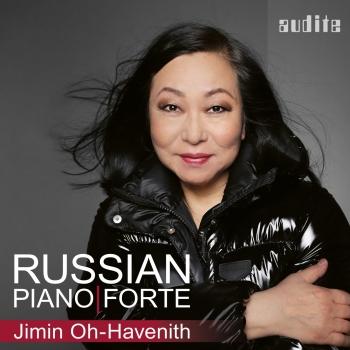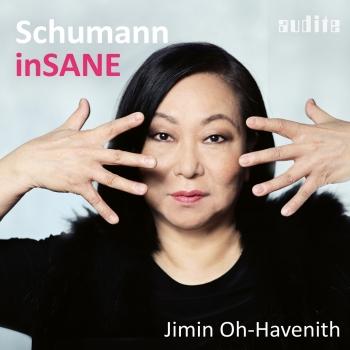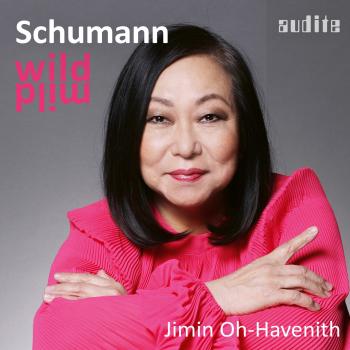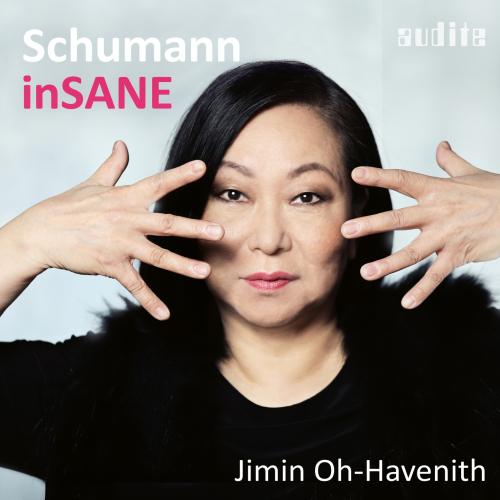
inSANE Jimin Oh-Havenith
Album info
Album-Release:
2023
HRA-Release:
03.11.2023
Label: audite Musikproduktion
Genre: Classical
Subgenre: Instrumental
Artist: Jimin Oh-Havenith
Composer: Robert Schumann (1810-1856)
Album including Album cover Booklet (PDF)
- Robert Schumann (1810 - 1856): Kreisleriana, Op. 16:
- 1 Schumann: Kreisleriana, Op. 16: I. Äußerst bewegt 03:10
- 2 Schumann: Kreisleriana, Op. 16: II. Sehr innig und nicht zu rasch 09:14
- 3 Schumann: Kreisleriana, Op. 16: III. Sehr aufgeregt 05:36
- 4 Schumann: Kreisleriana, Op. 16: IV. Sehr langsam 04:03
- 5 Schumann: Kreisleriana, Op. 16: V. Sehr lebhaft 04:18
- 6 Schumann: Kreisleriana, Op. 16: VI. Sehr langsam 05:34
- 7 Schumann: Kreisleriana, Op. 16: VII. Sehr rasch 02:35
- 8 Schumann: Kreisleriana, Op. 16: VIII. Schnell und spielend 04:36
- Humoreske, Op. 20:
- 9 Schumann: Humoreske, Op. 20: Einfach - Sehr rasch und leicht - Noch rascher - Erstes Tempo - Wie im Anfang 05:55
- 10 Schumann: Humoreske, Op. 20: Hastig - Nach und nach immer lebhafter und stärker - Wie vorher - Adagio 04:48
- 11 Schumann: Humoreske, Op. 20: Einfach und zart - Intermezzo 04:43
- 12 Schumann: Humoreske, Op. 20: Innig - Schneller (Tempo I) 02:13
- 13 Schumann: Humoreske, Op. 20: Sehr lebhaft - Immer lebhafter - Stretto 02:02
- 14 Schumann: Humoreske, Op. 20: Mit einigem Pomp 01:34
- 15 Schumann: Humoreske, Op. 20: Zum Beschluss - Allegro 06:53
- Bunte Blätter, Op. 99:
- 16 Schumann: Bunte Blätter, Op. 99: VI. Ziemlich langsam 02:26
Info for inSANE
Two key works of the "piano decade": Jimin Oh-Havenith takes on the fulfilling task of shaping Schumann's language, rich in contrast and held together by subtle links, into a poetic cosmos.
In the second installment of her recordings of Robert Schumann's piano music, Jimin Oh-Havenith juxtaposes the Kreisleriana op. 16 from 1838 and the Humoreske op. 20, composed one year later, with two key works of the famous "piano decade" 1830-1840, in which Schumann pays homage to his two most important literary models, E.T.A. Hoffmann and Jean Paul. While in the Kreisleriana, following in the footsteps of Hoffmann's alter ego, the ingeniously eccentric Kapellmeister Kreisler, he fuses suite and character piece into a fantastic pictorial arch, the Humoreske is laid out like an essay in tones. In it, Schumann congenially implemented Jean Paul's definition of humour as bridging the opposites of "Gemüt" (emotion) and "Witz" (wit) that shape and tear people apart. For every interpreter, therefore, it is a task as challenging as it is fulfilling to shape Schumann's language, which is so rich in contrast but nevertheless held together by subtle thematic and contrapuntal links, into a poetic cosmos.
Jimin Oh-Havenith, piano
Jimin Oh-Havenith
Eine einzigartige Klangfülle und außerordentliche Texttreue bestimmen Jimin Oh-Haveniths Klavierspiel. Ihr warmer Klang, der immer unmittelbar mit präziser rhythmischer Struktur verbunden ist, lässt die Musik in all ihrem Reichtum lebendig werden. Synchronizität von Klang und Rhythmus, nicht willkürliche Veränderungen von Tempo und Dynamik bestimmen die Klarheit ihrer Interpretation, wie beispielsweise bei Jimin Oh-Haveniths aktueller Einspielung von Beethovens letzter Sonate op. 111.
JImin Oh-Havenith wurde in Seoul, Südkorea geboren. 1979 begann sie ihr Klavierstudium bei Jin-Woo Chung an der Seoul National University. 1981 bis 1984 setzte sie ihr Studium bei Aloys Kontarsky an der Musikhochschule Köln fort. Zusätzlich zu ihrer Konzerttätigkeit als Solistin sowie Rundfunk- und Plattenaufnahmen, konzertierte sie auch als Klavier-Duo mit ihrem Mann Raymund Havenith († 1993). Die Pianistin lehrte an der Hochschule für Musik Mainz und der Hochschule für Musik und Darstellende Kunst, Frankfurt am Main.
Musik kommt für mich dem Atem gleich. Sie ist wie ein klingendes, ausgeformtes Atmen – und somit existentieller Teil und Notwendigkeit des Lebens. Der Klang der Musik bringt die Seele zum Atmen. In diesem Atmen höre ich den gewaltigen Klang der Stille.“ (Jimin Oh-Havenith)
Booklet for inSANE

